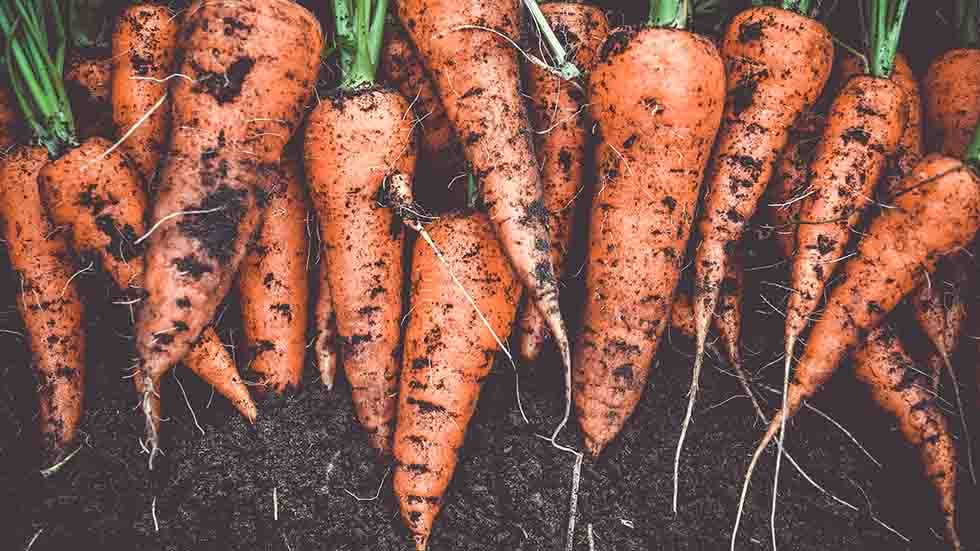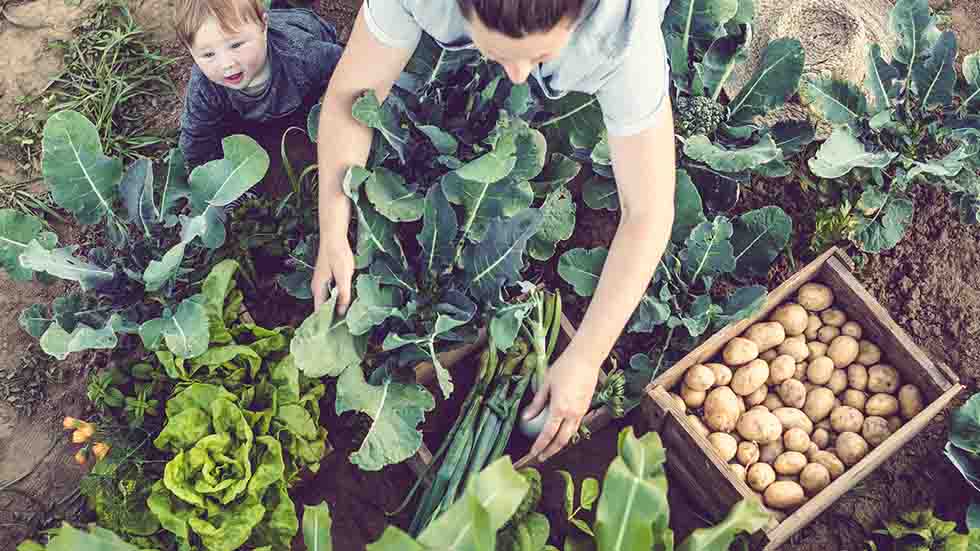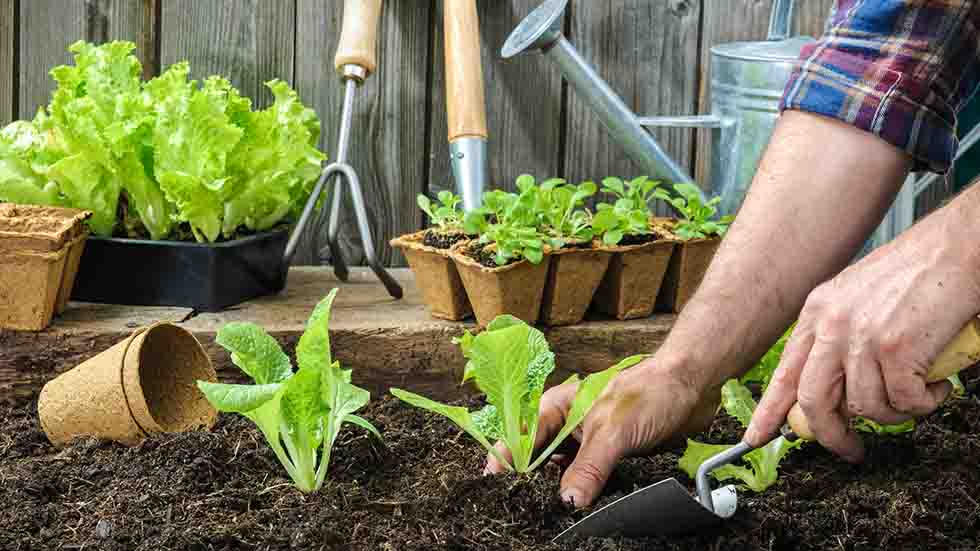

Vegetable gardening can provide rewarding results from the hands-on work involved in prepping, maintaining, and harvesting your plantings. For those interested in starting a vegetable garden, here is some starter advice from gardening experts.
Watch your sizing
In terms of space, Niki Jabbour of SavvyGardening.com, and author of “The Year-Round Vegetable Gardener,” finds that newbie vegetable gardeners can try to go too big too quickly. “A first vegetable garden should be a manageable size,” said Jabbour. She usually recommends beginning with a single four-by-eight-foot raised bed or even a collection of containers.
Know your zone
Read up on hardiness zones, which are geographic areas marking a certain range of climatic conditions relevant to plant growth and survival, as certain veggies do better in cold or warm temps. “You need to get specific information for where you live,” said Dr. William Lester, County Horticulture Agent at the University of Florida Extension and a member of Extension Master Gardener program. While Facebook groups or gardening blogs can be good resources, their postings may suit only the author’s location. Check in your local garden center or your state’s land-grant university, which conducts agricultural research, or Extension Master Gardener program.

Space them out
Planting seeds, or seedings, too close together can stunt their growth or make them susceptible to diseases and fungus. “It’s subjective on what you’re growing, but I always say, in general if you’re not sure, go with a foot; about 12 inches apart,” says Jasmine Jefferson, founder of Black Girls With Gardens. “Grow what you like but research that and make sure that you are sowing the seeds correctly.” Or consider container gardening, which enables you to grow veggies in smaller spaces and can foster beans, cherry tomatoes, squash and Bush-type cucumbers. “You can get a three-gallon or five-gallon container and get quite a lot of tomatoes,” said Lester.

Secure your soil’s health
When growing veggies in pots and containers, Jabbour says to use a high-quality potting mix blended with compost; she fills her containers with roughly two-thirds potting mix and one-third compost. “It’s also important to maintain fertility in containers, so I add a slow release organic vegetable fertilizer to the pot as well.” For garden beds, fill them with a garden soil mix and amend with several inches of compost. Avoid peat moss and black earth, two products that offer very little benefits to overall soil health.

Add in mulch
Organize your toolkit
Have gardening tools such as a trowel for planting, a watering hose or can, a weeder, a garden fork for mixing in compost and manure, a shovel, rake and perhaps even kneepads, a kneeler, or tool belt to keep things handy. “I like to garden with an apron on where I [can] put my hand clippers in my pocket,” said Cordalie Benoit, Vice President of the American Community Garden Association, “so that if I see something that needs attention [with a gardening tool,] I have it right with me.”
Watch yourself while you work
“Make sure you have everything readily accessible so you don’t over exert yourself,” advises Jefferson. If it’s hot outside, do your work in the garden in morning or late afternoon to avoid getting overheated. “You want to make sure you’re super hydrated,” adds Jefferson. Also, have on a hat, sunscreen, and bug repellent too.
